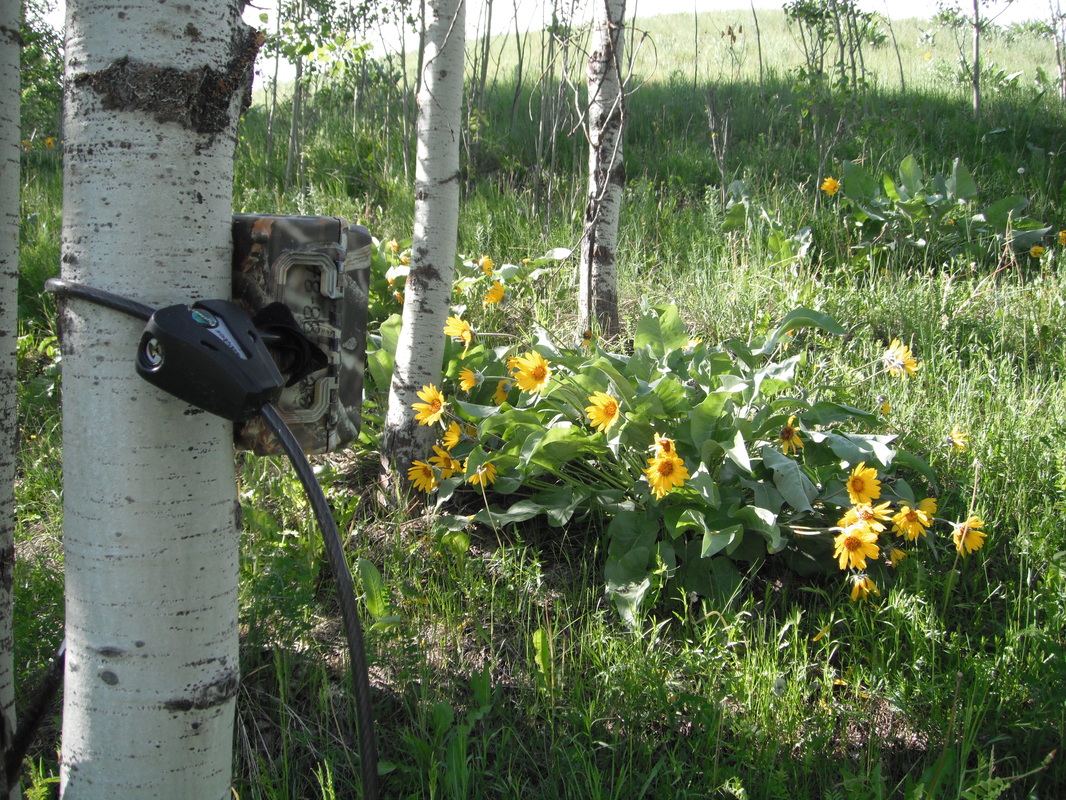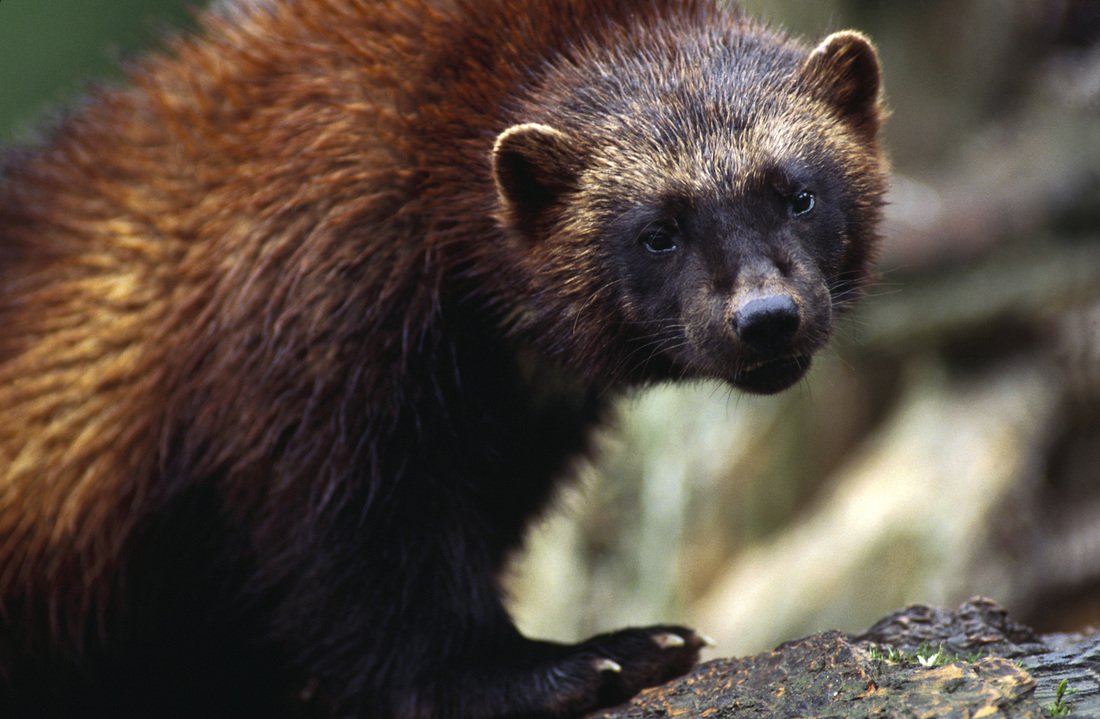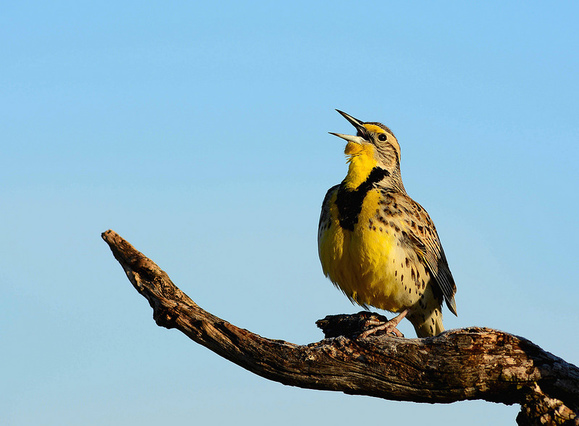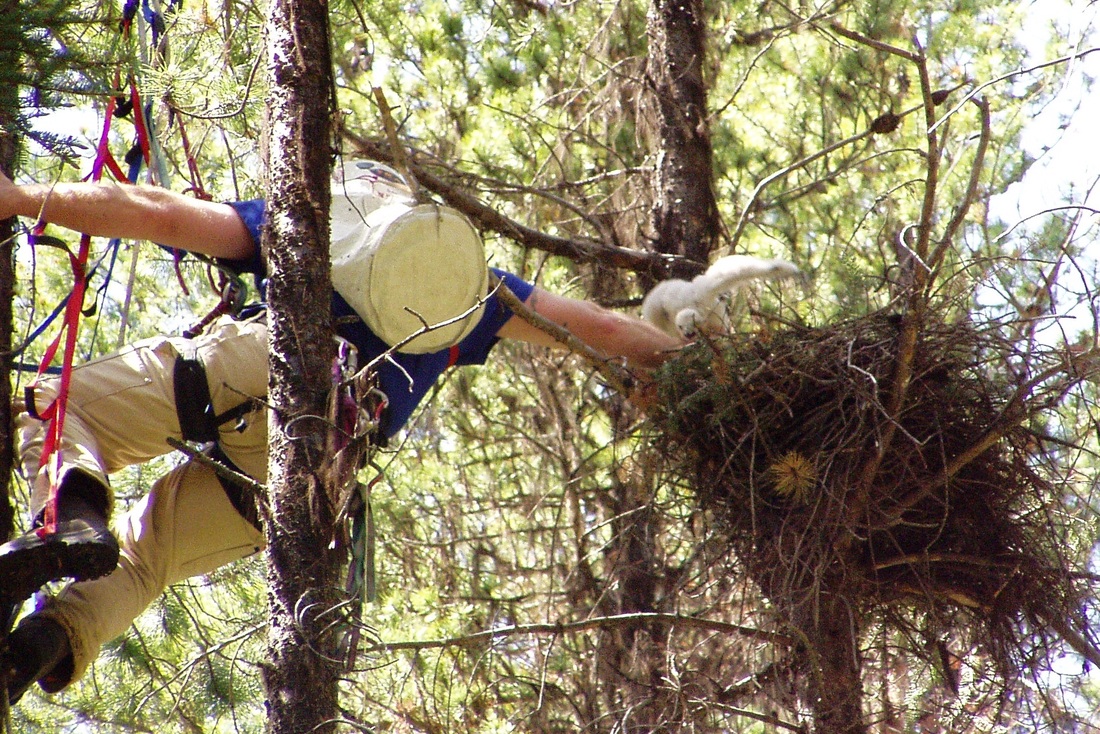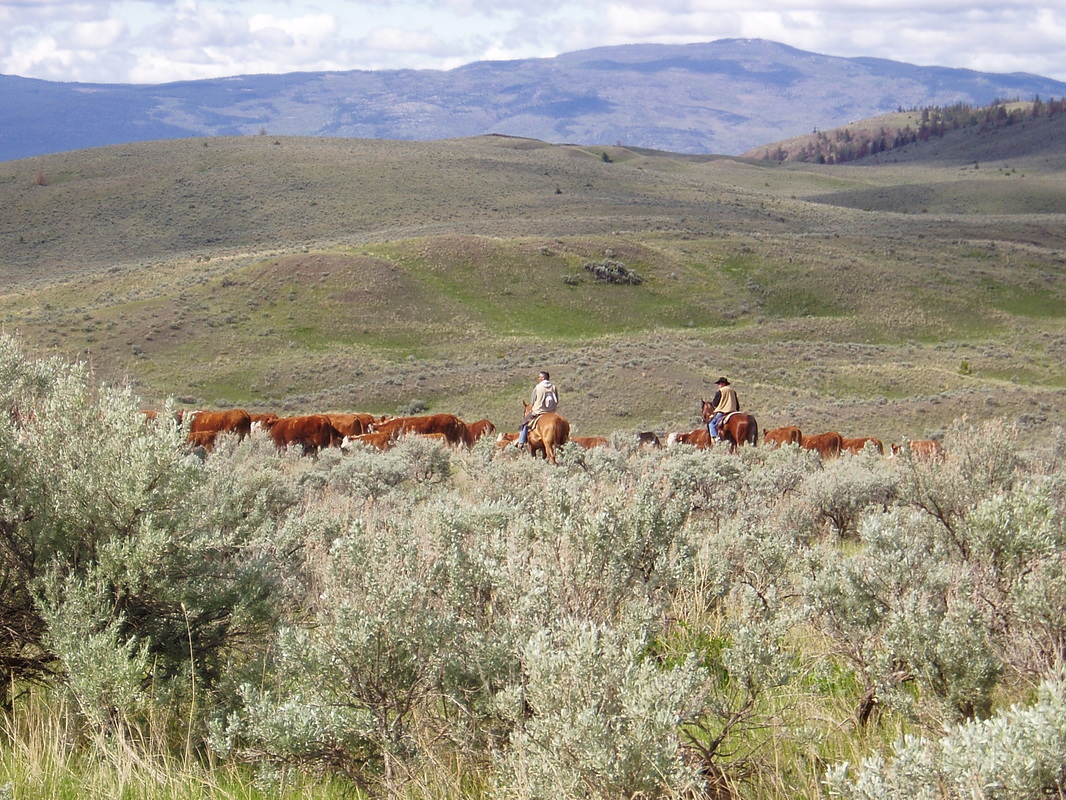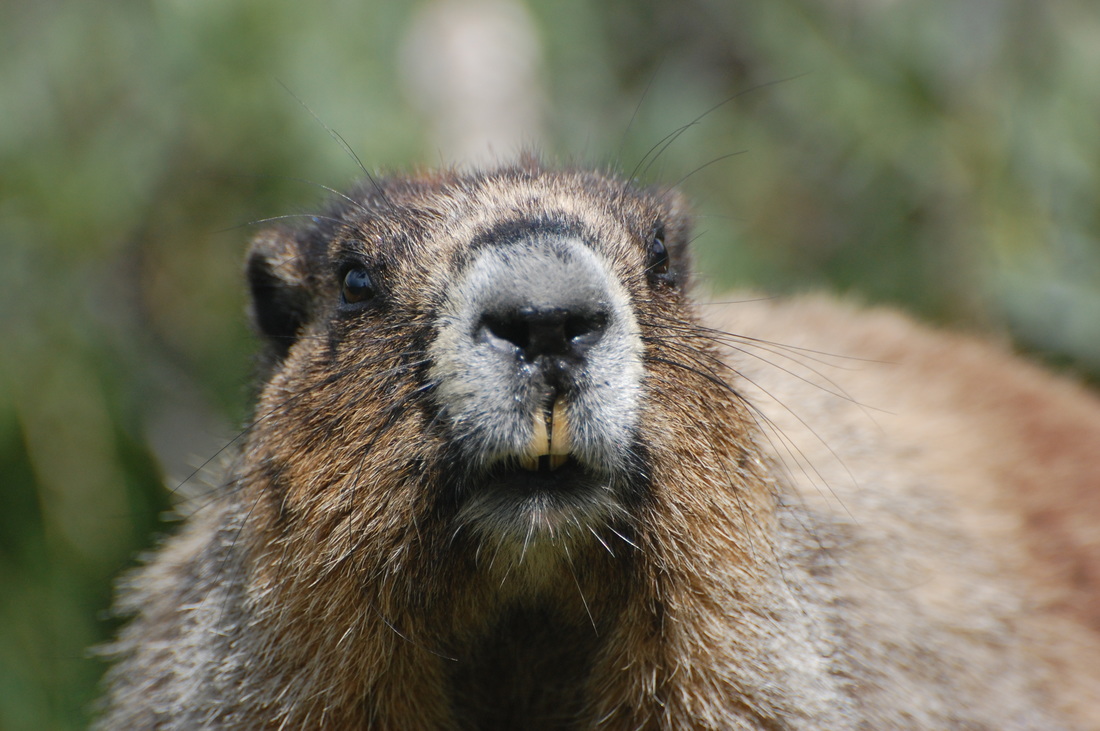Major projects
|
Temperate Grassland Ecosystem Structure
experiments | food webs | trophic cascades There are few data that can describe how ecosystems will respond to intensified and adverse climatic conditions. In the temperate grasslands of southern BC, changing climates threaten both biodiversity and the livelihoods of the ranching communities that rely on these grasslands. This long-term observation and experimental study sought to describe how grassland ecosystems were structured under different levels of water availability, and in doing so find ways that ranchers could mitigate the effects of conditions like persistent drought. Currently, we are publishing the results of this study. UBC Botany Stories CSEE Syposium Summary Fraser, Harrower, et al. 2015 |
|
Wolverine Ecology
live trapping | food habits | population structure Wolverines are often described as the essence of wilderness. However, after years of trapping these animals for fur and a series of mythical interactions with trappers and First Nations we knew little of their basic ecology, or even how to study them. In the mid, 1990s the BC government and BC Hydro began a program to develop methods for the inventory and study of wolverines and in doing so determine their status in the province. This process continues to this day. Detailed food habits of wolverine, prey surveys, descriptions of the basic seasonal movements of males and females, and population genetic structure help guide trapping regulations and establish conservation efforts. Improvements in radio-tracking techniques, DNA hair surveys, occupancy surveys and camera traps have resulted in an explosion of information on these elusive carnivores and an identification of the key threats to this species existence. Currently, we continue work on landscape and population genetics of this amazing creature. Lofroth, Krebs, Harrower, & Lewis 2007 Greater Yellowstone Report 2003 Omenica Mountains Report 2000 Omenica Mts. Population Census Report 1997 |
|
Species At Risk
recovery | policy | conservation The Canadian Species-At-Risk Act (SARA) is our last resort in the preservation of biodiversity. Enacted in 2003, the act now lists almost 400 species that are at risk of extinction in Canada. Although the SARA process has produced a wealth of information on the status and threats of individual species the process has been criticized for being slow, not being widely applicable, and being inconsistent in its application. A synthesis and review of recovery strategies released under SARA has provided insight into common threats to species at risk in Canada, and continues to assess timelines to completion, the quality of population and distribution objectives, and concordance between COSEWIC and SARA assessments. McCune, Harrower et al. 2013 UBC Botany Stories |
|
Northern Goshawk Behaviour and Forest Management
breeding areas | telemetry | habitat Across British Columbia, northern goshawks nest in the same forest sought by loggers resulting in conflict between conservationist and industry. In coastal forests goshawks are federally listed as a threatened species. In interior forests goshawks have no official status but forest companies seek to maintain nesting habitat in the hopes that healthy goshawk populations indicated healthy ecosystems. A 10+ year monitoring program in the East Kootenay in association with Tembec Ind. (no Canfor), and an extensive telemetry study underpin two major synthesis projects. These syntheses, one for interior goshawks and one for coastal birds, sought to use data from three large BC research projects and published scientific literature to redefine how goshawk breeding habitat is managed. Harrower 2007 MSc Harrower et al. 2010 Interior Synthesis Coastal Synthesis Management Brochure |
|
Grassland Ecosystem Services
biodiversity | soil carbon | agriculture Grasslands provide much of the worlds food, but agricultural activities are often seen as at odds with conservation. However, in many grasslands agriculture and ecosystems relay on each other for their very existence, and most of the worlds food comes from grasslands. Recognizing that ranchers are often the defacto stewards of BCs grasslands, we sought to document the role ranchers played in protecting biodiversity and sequestering carbon. Through data synthesis, GIS mapping, workshops, and public presentations we worked to assemble data to help local NGOs, such as the Grasslands Conservation Council of BC and Ecosystem Services Initiative, communicate the importance of good ranchland management in the maintenance of grassland ecosystem services. GCC Carbon Mapping Report 2012, summary GCC Natural Capital Report 2014 Natural Capital Brochure ALR letter to Premier Clark, press release, government response Beaty Biodiversity Museum Blog, Globe & Mail , Vancouver Sun |
|
Marmot Population Inventory
inventory | habitat | prey availability In the northern mountains of BC, hoary marmots are an important food source for lactating females. Thus, knowing how many marmots occupy the territories of denning wolverines is important in understanding and ranking the quality of wolverine breeding habitat. As part of the Omenica Mountains Wolverine Project, we counted marmots using observations and borrow transects for three years. It turns out the occupancy of alpine bowls by marmots depended on both availability of both escape terrain (talus) and lush alpine meadow. This information can now be used to estimate the abundance of marmots over broad regions and between mountain ranges. Harrower Honours Thesis 2001 |

